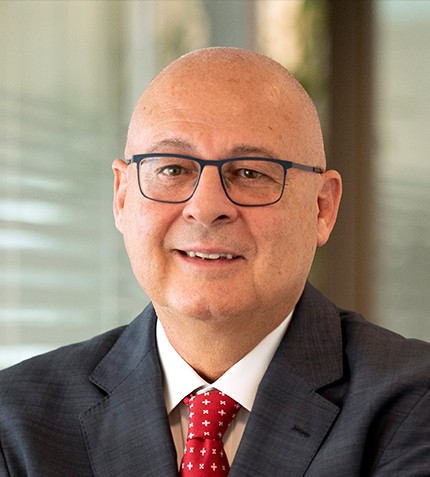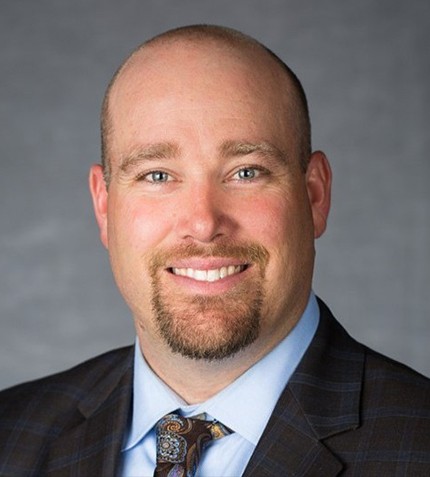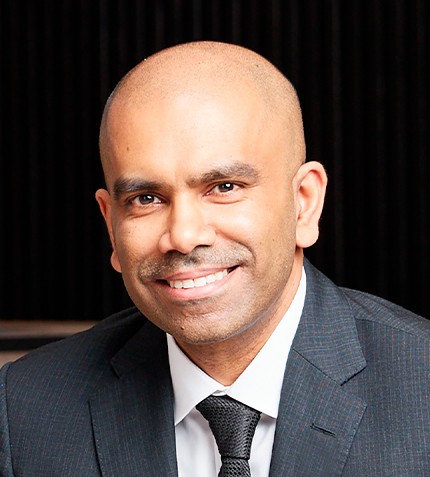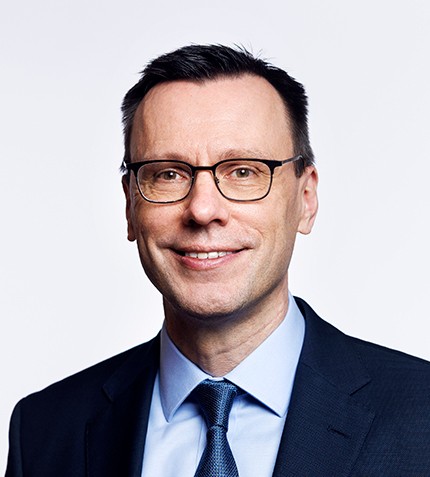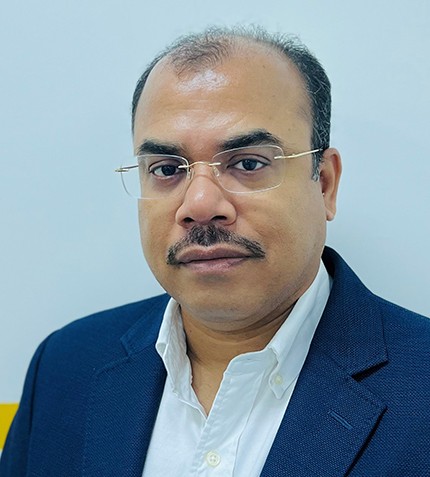
"Our goal is to revolutionize the way agriculture is done in Africa."
Murari Rakshit
CEO, NUTRISOURCE
Could you introduce NutriSource to our international audience?
Nutrisource is based in Singapore but focuses on sub-Saharan Africa. Since 2020, we began our distribution business in Uganda and Kenya and then opened in Togo, Cameroon and Tanzania. Our first customized NPK fertilizer blending facility is under the final stage of construction in Togo, and benefits from 40% equity ownership from the Togo government. Once in production by September 2022, this will run a capacity of 200,000 t/year. Next, we plan to build three more factories in sub-Saharan Africa to cater for the nutrient deficit markets with high potential for agriculture. Altogether, NutriSource will operate in four regions of Africa, and each region will be supplied from a satellite blending plant along with an import and distribution business. Our goal is to revolutionize the way agriculture is done in Africa. We are committed to reducing nutrient loss, thus reducing greenhouse gas emissions and optimising nutrient management to best optimize the cost of agri inputs incurred by marginal farmers in sub-Saharan Africa.
What is the market gap NutriSource sets to fill?
Mainstream fertilizers face the challenge that crops cannot absorb 100% of the nutrients, with almost 70% ending up as waste in the air or soil and representing a large source of GHG emissions.
The usage pattern of fertilizers globally is divided into three classes: Mature and developed countries like Japan, the US, Canada and Europe are shifting from using chemical fertilizers to organic ones or new farming techniques. Countries like China, Brazil, Russia and India produce the majority of the world’s grains and are currently at the peak of fertilizer usage, and are expected to cut down the consumption growth in the next 5-10 years. Lastly, Africa and Latin America have vast amounts of land, huge populations to feed, and very low use of fertilizers. To increase productivity and ensure food security for Africa, fertilizers are a must, but affordability and timely supply are the biggest issues. So while there is a strong global call for reduction of chemical fertilizer usage, Africa is in dire need of increased fertilizer consumption to ensure food security. To address these dual issues of increased and optimal nutrient management and availability, along with a focus on the reduction of greenhouse gas emissions to promote sustainable agriculture, NutriSource is coming to the market with crop-specific, soil-specific customized NPKs to help African farmers get the best nutrients for every dollar they spend.
Could you explain the company’s business model?
Our business philosophy is grounded in four pillars: We engage with farmers, we enable them through technology, we enrich them with knowledge, and we empower them with the right products.
Besides the factories, NutriSource is also developing an in-house digital platform, the FarmSanta, to bring the whole Agri value chain and farmers of sub-Saharan Africa into a single digital ecosystem. This is the digital platform based on a mobile app as well as a web-based solution with strong real-time Agronomy advisory services both on the field and online through our dedicated Agronomy team that offers support on everything from pest and disease diagnosis, to fertilizer usage, weather, soil testing and harvest. We also enable market access to help farmers to understand local prices on a real-time basis – for instance, an Ivorian farmer sitting north side of the country selling cocoa to a local buying agent does not know the prices of cocoa in the port of Abidjan, so we enable that transparency on price discovery mechanism. Our main targets are small-scale, marginal farmers in Sub-Saharan Africa. When our four factories are complete, we will grow our geography from the current five markets to 17 countries, served by four clusters covering the whole of sub-Saharan Africa.
Could you give more details on your sustainability agenda?
At a company level, we are really committed to tackling maximum areas of the SG 17, from zero hunger, controlling our carbon footprint and gender equality. Our FarmSanta digital app will be a 100-200,000 farmers ecosystem in each country we operate from where we can derive data analytics on crop patterns, procurement patterns, or usage patterns. This becomes an agriculture marketing space that attracts NGOs, donor organizations, other agri service providers or microfinance companies. Already two entities, one focusing on clean water, and the other offering microfinancing for women farmers, have connected to this farmer base. Overall we strongly believe that sustainability is key for securing the food value chain and collaboration within the whole agri value chain is essential, rather than working individually within the box.




